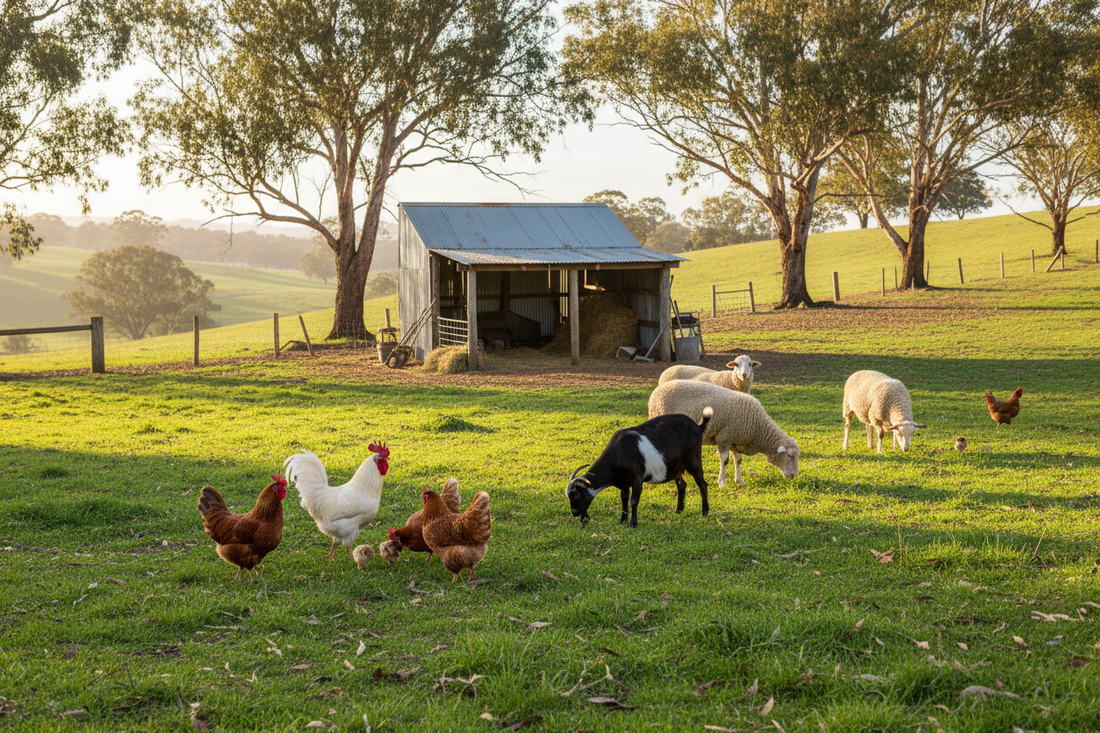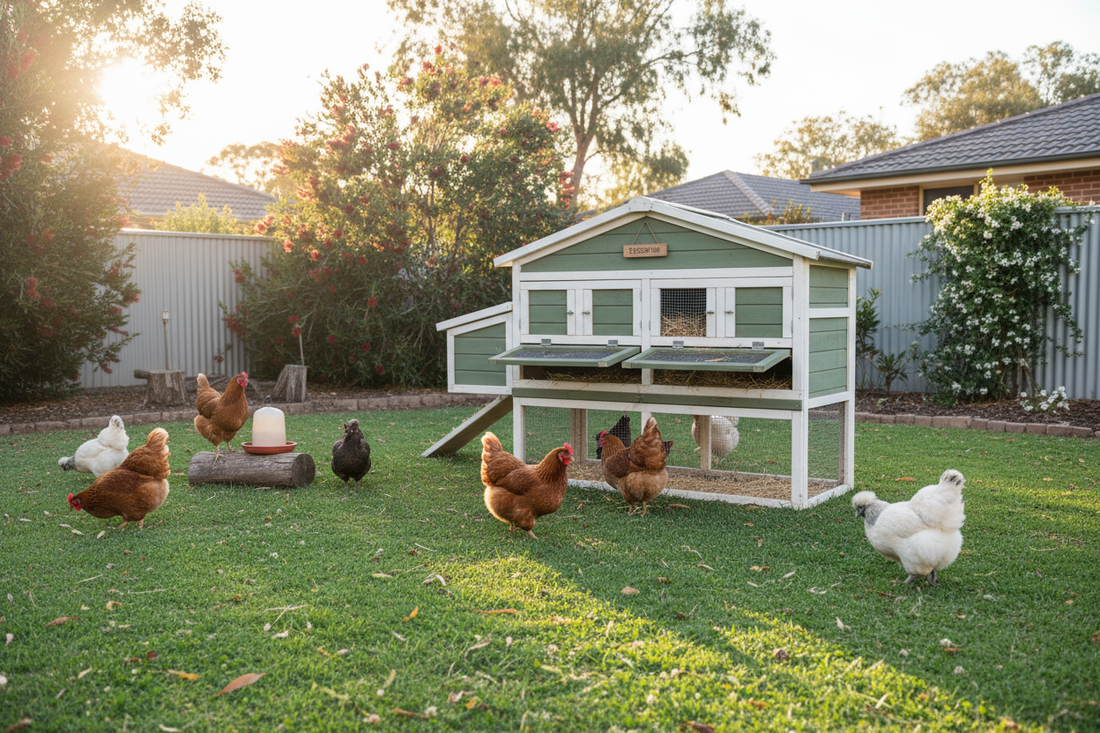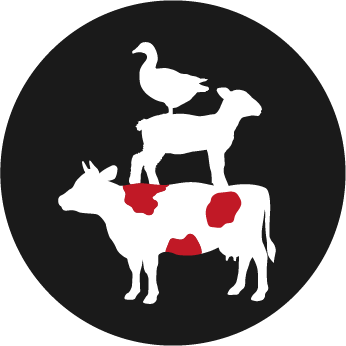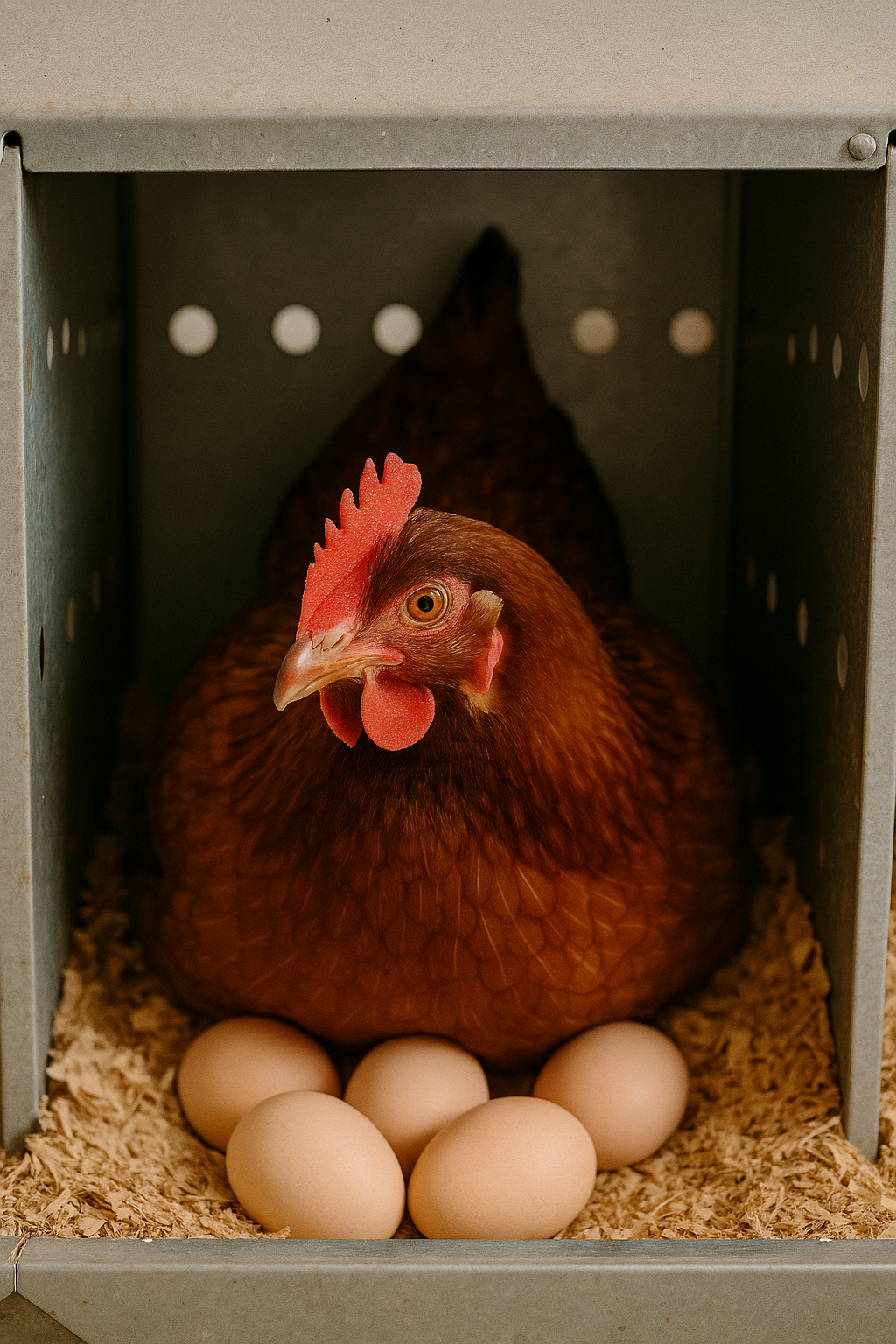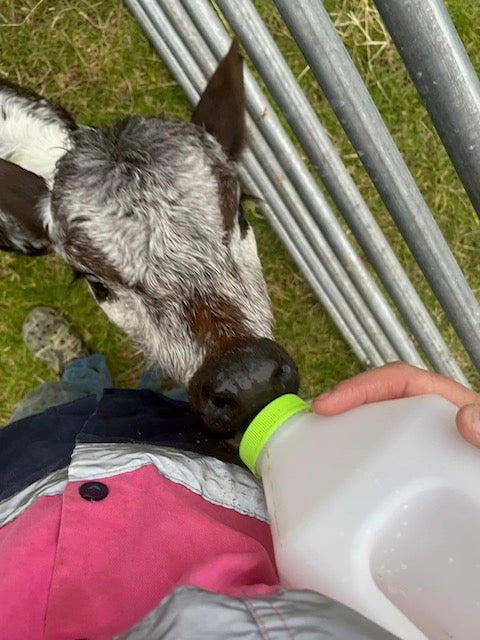
Raising an Orphaned Cow: Our Journey from City Dwellers to Cow Caregivers

Raising an Orphaned Cow: Our Journey from City Dwellers to Cow Caregivers
When we first ventured out to purchase cattle, we never expected to fall in love with an orphaned calf. We saw this fragile creature who desperately needed help. Having no prior experience in raising livestock, we knew we had a big challenge ahead of us.
Here’s how we tackled the journey of raising our orphaned cow, one mistake at a time.
An Urgent Situation: Arrival and Initial Care
The moment our calf arrived, we realized that we had more than just a cute pet on our hands. She arrived infested with paralysis ticks, leaving her weak and lethargic. Our hearts sank as we feared for her life, but we knew we had to act quickly.
Step 1: Immediate Veterinary Care
First and foremost, we called the vet. Time was of the essence, and we needed the expertise of a professional. The vet treated her with anti-venom to combat the effects of the ticks and provided hydration therapy to revive her. This was a small yet crucial step that saved her life. It taught us the importance of seeking professional guidance when facing urgent animal health issues.
Establishing a Feeding Routine
Once our calf began to recover, we focused on her nutrition—an integral part of helping her grow strong and healthy and making sure one of us had to get up very early to feed her for months.
Step 2: Choosing the Right Milk Replacer
Initially, we started feeding her Barastoc Palastart Blue Calf Milk Replacer. We fed her twice a day, ensuring she received adequate nourishment as she transitioned from her mother’s milk to a substitute. Through this feeding process, we learned to prepare her bottles correctly, monitor her feeding habits, and recognize the signs of hunger. Our neighbour recommended that we give her Colostrum as well. This the milk that comes from cows the first few days after giving birth. It contains many nutrients and proteins called antibodies.
Step 3: Introducing Feed Gradually
As she gained strength, we introduced Rumevite Beef Weaner Pellets into her diet. Gradually adding solid food helped her digestive system adjust without overwhelming it. We learned to observe her reactions to different foods, always prioritizing her health
Dealing with Health Challenges
At first, our calf struggled with some digestive issues, a common challenge for orphaned animals.
Step 4: Managing Scours
To prevent and treat any scours (diarrhea), we relied on *Vytrate Scour Treatment
Ongoing we are using Ausmectin Cattle Pour On for the control of most internal and internal parasites and have found it to be very affective.
It has been a MASSIVE learning curve but hopefully our little Pepper will grow to be this big as she is a Speckle Park


